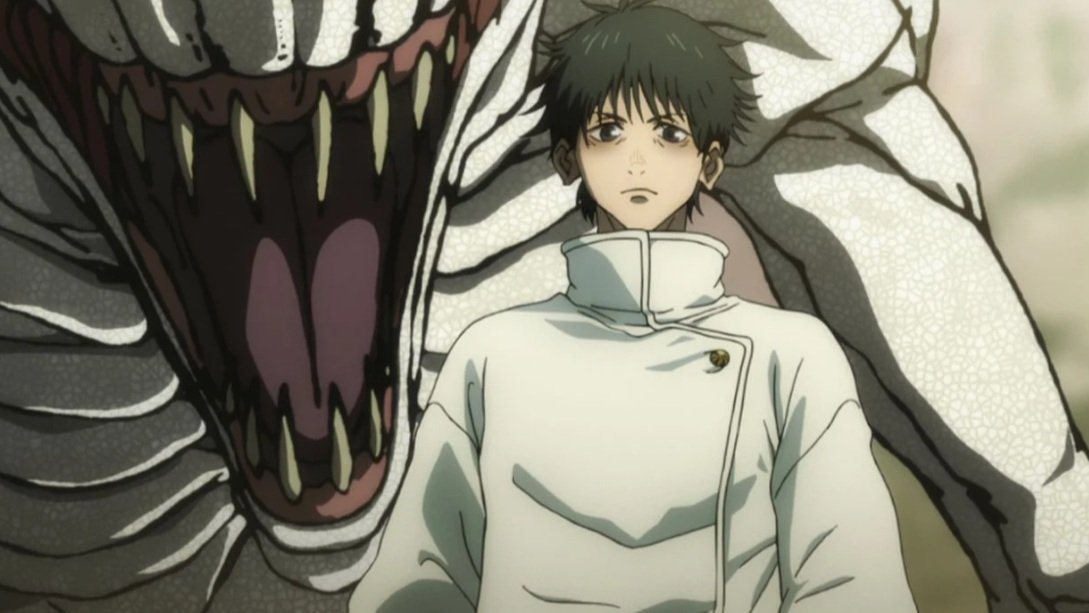Review: High Flying Bird
Thirty years after Sex, Lies, and Videotape, director Steven Soderbergh proves, yet again, he can still play in the indie, small-budget realm and create something as daring, slick, and smart as his first feature film.
High Flying Bird takes place over the course of a few days, during an NBA lockout. We follow Ray (André Holland), a sports agent trying to keep one of his clients, Erick (Melvin Gregg), happy. As a recently-drafted basketball player, he’s concerned about his financial well-being while big moves are happening in high-rises above. It’s all about money; the players union and the owners are fighting over just how much each party is set to earn, leaving the little guys — the players — waiting. From top to bottom, as High Flying Bird puts it, the system puts the players through the wringer. There are interview segments with real-life players sprinkled throughout, with Soderbergh serving as the interviewer. They talk about that potential, coming into the NBA as rising stars, and just how it’s not all it’s cracked up to be.
The story is a distinctly black one, with Moonlight writer Tarell Alvin McCraney providing the razor-sharp script, focused squarely on a business made predominantly of young black men. Ray’s mentor, Spencer (Bill Duke), a high school basketball coach, lays it out simply: “They invented a game, on top of a game.” Every major character, save for two — Ray’s superior (Zachary Quinto) and a lawyer on the NBA owner’s side (Kyle MacLachlan) — are persons of color. Ray being black isn’t an afterthought, and the fact that his basketball player client, Erick, is black, too, plays a pivotal part in the story. Ray wonders, can the power currently held by the rich, white higher-ups be taken away and given to the guys on the court?
Disrupting the status quo is Soderbergh’s forte. Ray’s journey in High Flying Bird mirrors the director’s; Soderbergh’s has been trying to change the game behind-the-scenes for years, always attempting to take the power away from the big studio system. In the mid-to-late 2000s, he went completely digital and aimed to release films with via a new distribution method with Bubble and The Girlfriend Experience. Then, with Logan Lucky and Unsane, he tried to change distribution itself, shifting where the money that regularly goes to studio marketing goes. In both instances, Soderbergh failed, at he admits as much. That rebellious nature is prevalent in High Flying Bird, as Ray sees other avenues to showcase basketball players — maybe they don’t even need a full stadium full of people to exhibit their talent and profit? With High Flying Bird being released as a Netflix movie, it feels like Soderbergh has found a good home for the adult-oriented, two-people-talking-in-a-room films he’s been making for three decades now. No longer is he tied down by release dates and theater counts; the film is delivered to the masses in the easiest, most-direct way possible. To add just another extra layer of metatext, one character mentions Netflix as a viable way to break the current NBA system (Hulu also gets a mention).
Another game-changer is how Soderbergh (serving once again as his own cinematographer) shoots High Flying Bird. Like Unsane, he films the entirety of the movie on an iPhone. While he’s not the first director to shoot a movie on a phone, in two films Soderbergh has already acclimated well to this camera that he says provides him all the freedom his desires. Visually, High Flying Bird is drastically different Unsane. Gone is that yellowish tint that heightened that horror-thriller, here there are more steely blues, matching the winter of New York City in which it’s set. He shoots the film in the 2.39:1 aspect ratio, opening up the frame for a better sense of space while each character traverses the city — Unsane had a narrower ratio, which fit with the film’s claustrophobic plot. The camera has a sense of freedom, making each conversation visually interesting, shifting from wide shots to extreme close-ups on a whim.
The cast only helps to elevate the story and technical aspects of the film. As Ray, Holland (reuniting with Soderbergh after The Knick) is a sensational lead, delivering each line with the snark and wit the script deserves. Zazie Beats plays Ray’s former assistance, who makes moves of her own; Beats is a relatively new talent, but this is yet another reminder that she’s one to keep an eye on, as she’s a natural fit for this smart, savvy young woman. Along with her is Sonja Sohn, who holds her own, playing an agent representing the players’ union. The real standout is Bill Duke, whose character doles out advice, and everyone stands up and listens because it’s Bill Duke we’re talking about here, and if anyone has well-earned wisdom that should be listened to, it’s him.
From beginning to end, High Flying Bird is a success. Smart, sharp, and with so much to say about race dynamics and where the power lies with the NBA and its players, and taking one step back it’s a grand statement from Steven Soderbergh — the system should be disrupted and no matter if you succeed or not, if you take that power away just for a second, you’ve done your job.













